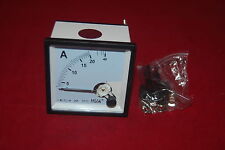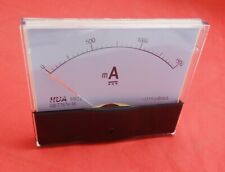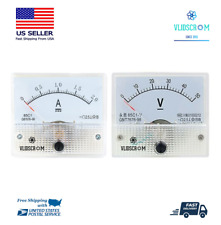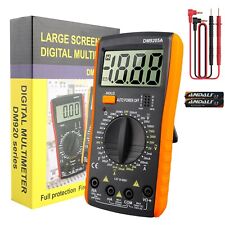
Scientists have discovered 18 planet-like objects, drifting free of any central star, in a region of the Orion constellation. If the young, cool bodies are in fact planets, these free floaters may pose a considerable challenge to current theories about how planets form. Spanish, American, and German researchers report their find in the 6 October issue of the international journal, Science.
Planets are generally thought to form over tens of millions of years, as gas and dust in the disk swirling around a star condenses and clumps together.
The objects discovered by the Science researchers seem to have quite a different origin and evolutionary history. They lack a central star like our sun, and they are part of a star cluster, sigma Orionis, that is no more than five million years old. (Our sun is billions of years old.)
“The formation of young, free-floating, planetary-mass objects like these are difficult to explain by our current models of how planets form,” said lead author Maria Rosa Zapatero Osorio, of the Instituto de Astrof�sica de Canarias, in Tenerife, Spain, and currently working at the California Institute of Technology, in Pasadena, California.
Typically, researchers infer the planets’ presence by measuring the wobbling of their central stars caused by the planets’ gravitational pull. In this case, however, the Science authors detected light emitted directly from the 18 objects. The team also is the first to collect spectrographic information about the planets’ temperature and composition.
The researchers selected the sigma Orionis star cluster for their planet hunt because it’s nearby, young, and largely free of dust and gas clouds that might obstruct the view.
They studied surveys of this region performed by visible and infrared light-detecting “cameras” on telescopes in mainland Spain, the Canary Islands, and Hawaii. Their results turned up 18 different objects, whose relatively dim, reddish light suggests the cool temperatures of planets.
Planets never become massive enough, and thus not hot enough, to host the nuclear reactions that take place inside stars and brown dwarfs.
But, a brown dwarf also can emit light that looks red from Earth if it’s veiled by a dusty cloud.
To confirm that the new objects truly had cool, planet-like temperatures, the team used measurements from spectrographs on the Keck telescopes in Hawaii to study the range, or spectrum, of energy emitted by three of their candidates.
Because different types of molecules emit characteristic spectra, these measurements can tell researchers about an object’s chemical makeup. And, because heavier molecules form under cooler conditions, the spectra also reflect the object’s temperature.
“The spectrographic results corresponded to our expectations that these were young giant planets,” said Zapatero Osorio.
The team determined the objects’ mass by plugging their data into models of planet and brown dwarf formation. Researchers generally classify bodies less than 13 times the mass of Jupiter (13 Jupiter masses) as planets, and bodies between 13 and 75 Jupiter masses as brown dwarfs.
The model results vary a bit depending on the objects’ age, but are mostly well within the range for planets. Sigma Orionis is probably 5 million years old, so if the objects are equally old, they are probably 8-15 Jupiter masses. If they are only 1 My, the fainter ones could be as small as 5 Jupiter masses.
It’s still a possibility that the scientists have found unusually small, cool brown dwarfs. But, judging from previous sky surveys, it would be surprising to find 18 brown dwarfs concentrated in such a relatively small area, according to Zapatero Osorio and her colleagues.
“If planets can only exist around a star, then our candidates are very low-mass brown dwarfs. But if planets must be a certain mass, then these objects are planets. This is only a problem of terminology, however,” said Zapatero Osorio.
“The most intriguing question now,” she added, “is how can we explain the formation and evolution of planetary-mass objects outside the solar system?”
Zapatero Osorio also noted that many stars in the Milky Way Galaxy are thought to have formed in star clusters like sigma Orionis. Thus, older isolated planets, or planet-like objects, may be abundant outside our solar system, awaiting detection by instruments sensitive enough to pick up the objects’ faint glow.


















Comments are closed.